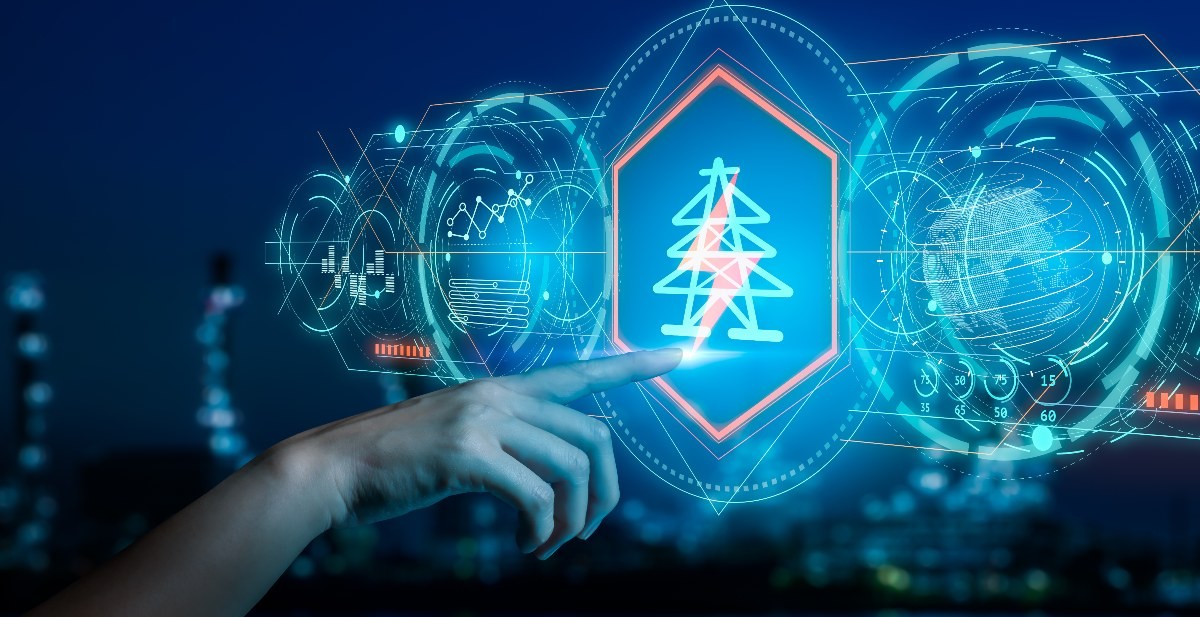Surge in zero emission pilots and projects

Hydrogen-based fuels focus is increasing for large ships
By Carly Fields
The number of zero emission pilots and demonstration projects for the maritime industry now totals 106, up 38% over six months. And according to mapping produced by the Getting to Zero Coalition, there is a marked increase on hydrogen-based fuels in those projects.
Project directors and authors of the report Jesse Fahnestock and Connor Bingham see the uptake of pilot and demonstration projects as a vital step in pushing forward the transition to zero emission fuels for the maritime industry.
The 106 projects included in the Mapping of Zero Emission Pilots and Demonstration Projects March 2021 study cover the full value chain, focusing on the different elements needed to facilitate shipping’s transition to zero emission fuels, including projects related to ship technologies, fuel production and bunkering/recharging.
“Overall, the mapping demonstrates that significant work is underway on several different fuels, with no clear preference shown for a single fuel across the mapping,” say the authors. However, it is possible to see some trends emerging with regard to fuel production, small ship technology and large ship technology projects.
Overall, the mapping demonstrates that significant work is underway on several different fuels, with no clear preference shown for a single fuel across the mapping
Large ship trends
The latest mapping report reveals that there has been an increase in large ship projects focusing on ammonia, methanol/ethanol and hydrogen since the previous August 2020 report, with a slight reduction in the share of projects focusing on battery power, biofuels and wind propulsion.
However, the most significant trend with newer large ship technology projects is the uptake of large ammonia vessels. “Since the first mapping was released six months ago, we have received four additional large ammonia ship demonstration projects and are now seeing some of the first orders for these vessels being placed,” the authors note.
There has also been a rise in methanol/ethanol projects, with some large methanol tanker vessels now being built to run on methanol in addition to transporting it. “This is a further development from the previous mapping, where the biggest methanol vessels were large passenger ferries.”
On the battery front, the authors note that the majority of battery powered large ship projects anticipate using batteries as an auxiliary source of power and not for the main means of propulsion. Likewise, some hydrogen projects are looking to use fuel cells for auxiliary power only.
For smaller vessels, the trend towards new fuel types is less pronounced, but there is a preference towards using hydrogen, battery power or a combination of the two onboard small ships.
This shows that within the projects we have gathered there appears to be a tangible move towards raising ambition and scaling up existing projects
Location counts
Looking at location, most of the projects identified in the mapping – 71 in total - have a significant connection to Europe. Within the continent, Norway, the Netherlands, Denmark and Belgium all have more than 10 projects in the mapping. There has also been an increase in Asian projects, from 16 in the first mapping report to 31 in the second with Japan and China accounting for the majority and a number coming from South Korea. “This is due both to an improvement in terms of research methods as well as a recent proliferation of projects originating from Asia,” says the report.
Projects are also developing at pace with around 10% of the projects from the first edition moving into new phases of development, increasing in size or ambition or moving from concept study stage to demonstration stage. “This shows that within the projects we have gathered there appears to be a tangible move towards raising ambition and scaling up existing projects,” the report says.
The Getting to Zero Coalition hopes that by promoting a better understanding of the scale and diversity of zero emission pilot projects already underway, the mapping can continue to raise ambition in working towards a transition to zero-emission fuels for the maritime industry. “In this way, we hope that the mapping can provide some support to potential first movers in helping them to draw upon learnings from other projects and improving confidence in undertaking these projects,” the authors say.
The Getting to Zero Coalition is a partnership between the Global Maritime Forum, the Friends of Ocean action, and the World Economic Forum. It brings together decision-makers from across shipping with key stakeholders from the energy sector as well as from governments and IGOs.
The intention is to continue to update the Mapping of Zero Emission Pilots and Demonstration Projects report on a bi-annual basis. The authors encourage industry stakeholders from across the maritime spectrum to send in information about new projects or projects that have been missed. The full report with the 106 projects in can be accessed here: https://www.globalmaritimeforum.org/content/2021/03/Mapping-of-Zero-Emission-Pilots-and-Demonstration-Projects-Second-edition.pdf